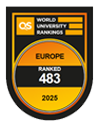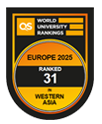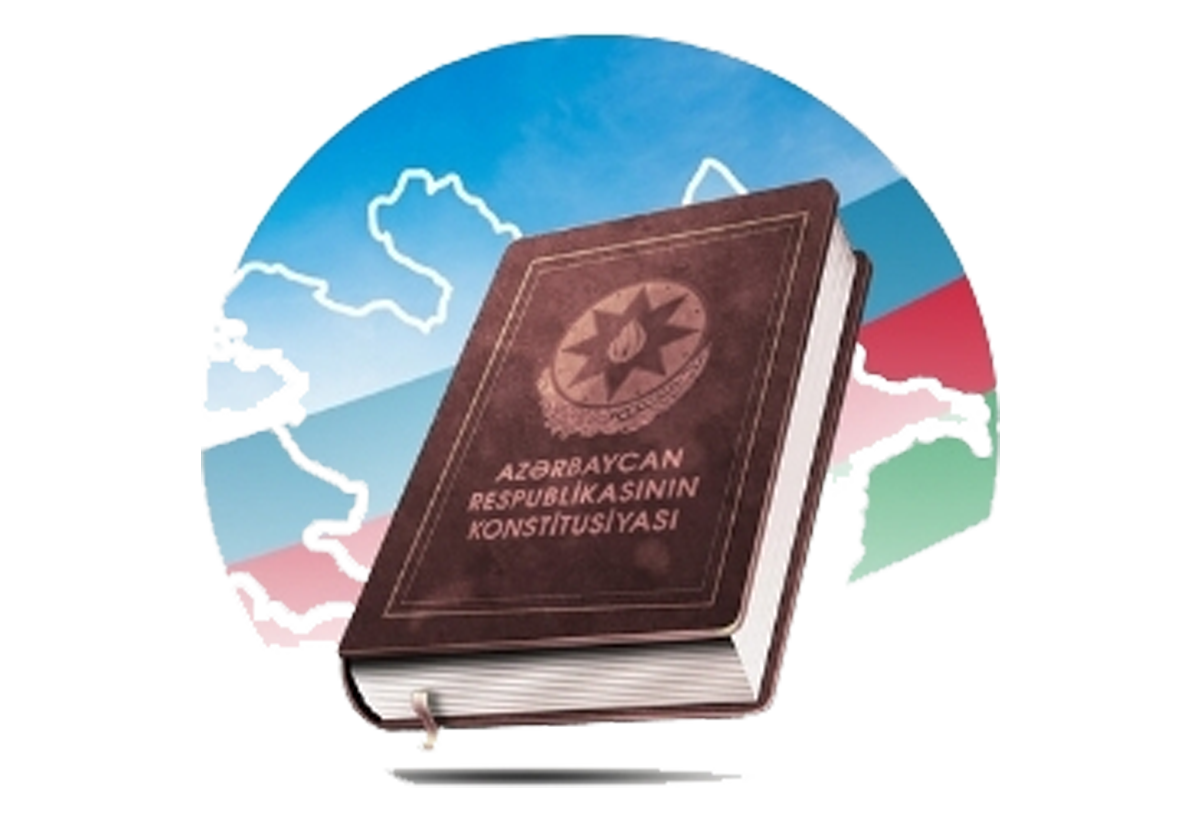The realities of Karabakh
Formation of the Nagorno-Karabakh Autonomous Region
However, if the tsarist government totally ignored the principle of ethnic unity, the relatively liberal policy of the Soviet leadership on national regions was apparently aimed at neutralizing centers of ethnic tension. At the same time, the variable and inconsistent nature of the Bolsheviks’policy generated a lot of compromises and was dictated by their lack of control over territories and populations of the ethnic regions. A mere decree to create a specifi c national-territorial entity did not mean that the Bolsheviks had a clear idea and political recipes to implement their decisions. These decisions
were not always based on a preprepared plan with a clear picture of ethnic boundaries. Most often, various political-ideological and economic priorities, as well as various interest groups clashed initially during the organization of a new territorial entity. And all this was accompanied by confl icts and backroom decisions. As a result, many decisions, which formed the original administrative boundaries, were revised many times later.
The Armenian autonomy in Nagorno-Karabakh, formed in the Azerbaijan SSR in July 1923, being one of the Bolshevik solutions to ethnic confl icts, incorporated many contradictions of the Soviet form of nation-building. Therefore, after the collapse of the USSR, former Soviet republics put forward territorial claims against each other and referred to political decisions and geographic maps of diff erent periods to prove their point.
After the incorporation of Karabakh or more precisely, the former Azerbaijani Karabakh khanate into the Russian Empire in 1805 and the ensuing numerous administrativeterritorial reforms in the South Caucasus, the concept of ≪Karabakh≫ lost its original administrative-political importance. However, after the establishment in January 1919 of the Karabakh General-Governorship in the independent Azerbaijan Democratic Republic (ADR, 1918-1920), the toponym ≪Karabakh≫ regained its original meaning. At the same time, there emerged the term «Nagorno-Karabakh» created by the Dashnaks, which acquired not so much geographical as political signifi cance. On 22 August 1919, the 7th congress of peasants of Karabakh signed with the government of the ADR an agreement under which the Armenian population recognized itself as part of this republic. Until 1921, the agreement was the only offi cial document regulating relations between the Armenians of Karabakh and the Azerbaijani government. After Bolshevik Russia conquered Northern Azerbaijan in the spring of 1920, the Nagorno-Karabakh problem revived again. But now the process was actively joined by Soviet Russia, which acted as a ≪peacemaker≫ and skillfully used Armenia’s territorial claims against Azerbaijan for the further Sovietization of the South Caucasus. After the final Sovietization of the South Caucasus in the spring of 1921, during lengthy discussions at various levels, Moscow proposed a compromise solution to the problem in the form of Soviet autonomy.
On 5 July 1921, the Caucasian Bureau of the Central Committee of the Russian Communist Party (Bolsheviks) made a decision: «Nagorno-Karabakh shall be left within the Azerbaijan SSR with broad regional autonomy with the administrative center in the city of Shusha, which is part of the autonomous region.» The illegitimacy of the decision was that it was imposed on Azerbaijan by the highest party body of a third country - the Caucasian Bureau of the CC of the RCP.
It is no coincidence that the 5 July 1921 decision of the Caucasian Bureau of the RCP (b) provoked a mixed reaction in the Azerbaijani party leadership, where calls were made to review this decision, which was rightly seen as the fi rst step towards the secession of Nagorno-Karabakh from Azerbaijan. As a result, the Political Bureau and the Organizational Bureau of the Central Committee of the Azerbaijan Communist Party (Bolsheviks) adopted a resolution on 26 September 1921: ≪To ask the Caucasian Bureau to reconsider its decision to separate Nagorno-Karabakh as an autonomous unit; autonomy shall not be declared in the future.≫ This decision was also confirmed by the joint resolution adopted on 21 October 1921 at a conference of senior officials with members of the Central Committee of the Karabakh ACP.
However, soon the Karabakh issue got out of Baku’s control again. Its solution was transferred to the Transcaucasian Regional Committee of the RCP, which passed the ≪baton≫ to the Caucasian Bureau of the RCP in February 1922. On 27 October 1922, a meeting of the Prexsidium of the Transcaucasian Regional Committee adopted a resolution in the absence of representatives of Baku, proposing to enforce the July 1921 decision of the Caucasian Bureau of the CC of the RCP.
The Plenum of the Transcaucasian Regional Committee of the RCP on 27 June 1923 asked the CC of the ACP to separate the Nagorno-Karabakh as an autonomous region within one month. In accordance with this decision, on 1 July 1923, the Central Bureau of the ACP proposed that the Azerbaijani CEC decree the autonomy of Nagorno-Karabakh. Thus, it was only under pressure from the Transcaucasian Regional Committee that Baku was compelled to agree to autonomy.
On 7 July 1923, the Central Executive Committee of the Azerbaijan SSR issued a decree ≪On the establishment of the Autonomous Region of Nagorno-Karabak≫ (ARNK).8 The Azerbaijani CEC stated: «To form an autonomous region from the Armenian part of Nagorno-Karabakh as an integral part of the ASSR with its center in the town of Khankandi.»
In general, the decree stood out for its quite primitive content and was not a serious legal document. The preamble broke historical chronology and falsifi ed facts. The main argument to justify the need to grant autonomy to the Armenians of Nagorno-Karabakh were the bloody events of 1905-1906 and1918-1920 in Karabakh and other parts of the Caucasus, which were blamed on the tsarist government, as well as the Dashnaks and the Mensheviks. However, these bloody events of 1918-1920 also took place in areas densely populated by Azerbaijanis in Armenia, during which part of the population was exterminated, while others had to leave their land and began to return there only after the Sovietization of Armenia in November 1920. Therefore, if we follow this logic, the Azerbaijani population of the Armenian SSR also should have been granted autonomy. It is also clear from the document that the Armenians were living not in the whole of Nagorno-Karabakh, but only in one part of it. On the other hand, the center of the newly formed autonomous region was Khankandi, and as its name suggests - this place belongs to the Azerbaijanis. On 18 September 1923, the Regional Party Committee of Khankandi renamed the town as Stepanakert in memory of Stepan Shahumyan, who was the chief organizer of the genocide of Azerbaijanis in the Baku province in March 1918.9 This is the fi rst step to replace local Azerbaijani geographic names in Nagorno-Karabakh with Armenian ones.
At the end of 1923, work began to identify the Armenian boundaries of Nagorno-Karabakh, as it was clear from the very beginning that an artifi cial political entity was being created in which it was diffi cult to delineate the areas densely populated by the Armenians. On 5 September 1923, according to the decree of the Presidium of the CC of the ACP (b), a commission was approved, which included E. Khanbudagov (chairman), I. Dovlatov and M. Bagirov, and it was sent to Karabakh to consider the state of aff airs on the spot during two weeks. As can be seen from the report of the commission made at a meeting of the Presidium of the CC of the ACP on 8 October 1923, the borders of the ARNK were drawn spontaneously incorporating not only villages with a predominantly Armenian population in randomly located in Nagorno-Karabakh, but also areas with a solid Azerbaijani population, such as the city of Shusha, which was not to be included in the Armenian autonomy.This provision was fundamentally contrary to the 7 July 1923 decree of the Central Executive Committee of the Azerbaijan SSR, according to which autonomy was granted only to the Armenian part
of the population of Nagorno-Karabakh, and caused fair displeasure in the Azerbaijani population of the region, whose villages became part of the Armenian autonomy. Therefore, following the committee’s report, the same meeting deemed it necessary to conduct an extensive propaganda campaign to promote the 7 July 1923 decree, especially among the Azerbaijani population of the autonomy.
According to the ≪Statute on the Autonomous Region of Nagorno-Karabakh≫, published on 26 November 1924, the Armenian autonomy was given about 200 villages, most of which had Azerbaijani names. In 1924, the Statistical Committee of Azerbaijan, based on the administrative-territorial division of certain areas and the agricultural census of 1921, conducted an audit of the area and the ethnic composition of territories included in the ARNK. According to these data, the total area of the ARNK was 4,160.5 square kilometers. However, due to the handover of land from the neighboring Karabakh districts to the Armenian autonomy, the territory of the ARNK expanded, making up 4,431.7 square kilometers on 1 January 1933. At the same time, due to new settlements, the size and ethnic composition of the population changed in favor of the Armenians.
With the adoption of the Constitution of the USSR in 1936, the Autonomous Region of Nagorno-Karabakh was renamed the Nagorno-Karabakh Autonomous Region (NKAR), which, in essence, is not the same thing. If the fi rst version is only about the part of Nagorno-Karabakh allocated to the autonomy, the new version means the whole of Nagorno-Karabakh as a region. In connection with the name of the NKAR, we should note one more thing. If the offi cial names of all allied and autonomous republics, autonomous provinces and autonomous regions, which formed the Soviet Union, included the main ethnic group, the ARNK created within the Azerbaijan SSR was the only exception in this regard, i.e., its title did not indicate the ethnic group that was granted autonomy. It gave the Armenians the exclusive right to have a second national-territorial entity within the USSR, along with the Armenian SSR (which occupied the lands of the former Azerbaijani Iravan khanate), and at the expense of Azerbaijani lands again.
Although Nagorno-Karabakh remained in the Azerbaijan SSR, the establishment of the Armenian autonomy here in 1923 gave Armenia legal grounds to claim the territory in the future. In the Soviet period, the Armenian SSR made 16 proposals to rename the NKAR as the Armenian NKAR and 45 proposals on the right of Nagorno-Karabakh to merge with the Armenian SSR. Armenians had a movement for the unifi cation of Nagorno-Karabakh with Armenia for decades. They had been preparing for it since the granting of autonomy to Nagorno-Karabakh in 1923, because they did not consider it a solution to the problem and had not abandoned plans to annex the territory. In all cases, the confl ict was fueled from Armenia, without the support of which the Armenians of Karabakh would not have dared to confront the federal and Azerbaijani leadership simultaneously. Constantly keeping abreast of the situation and with letters and appeals to the authorities, the Armenian nationalists tried to keep the issue on the agenda, waiting only for the opportunity that came in 1988 after they felt that the central government had ≪let go of the reins≫.
This opportunity coincided with the period of Gorbachev’s perestroika and glasnost, when this issue made its way into the federal and national press for the fi rst time, thus getting out of the latent state and becoming a subject of wide discussion. Having received a promise to consider the issue from the Soviet leadership represented by Gorbachev and his team, the Armenian nationalists openly and offi cially demanded for fi rst time since 1920 that the administrative-territorial structure of the Soviet state, which was one of the major truths that kept the ≪indissoluble union≫ going, be changed. At the same time, for the fi rst time, the leadership of Armenia, along with political support for the separatist movement in Nagorno-Karabakh, took concrete legal steps to reunite the NKAR with Armenia. The Soviet leadership was not ready for the grass-roots initiative of the ≪working people≫ on whose behalf it spoke. This immediately triggered an armed confl ict between the republics of the USSR, the fi rst in its history. The Karabakh problem had no analogues in the scope, ferocity and duration of hostilities in the post-Soviet area. At the same time, the defi nition ≪Karabakh≫ became a common noun to refer to any armed confl ict, a kind of ≪laboratory ≫ for future confl icts at the ethnic level on the territory of the former Soviet Union.
Today, 24 years after the confl ict began in 1988, Azerbaijan and Armenia have still not found a compromise in the Karabakh issue, despite the apparently active eff orts of international mediators. Representatives of foreign players, who are now engaged in mediation, are mimicking ≪frantic activity≫ rather than bringing the Karabakh confl ict closer to its resolution, although sometimes it seems that a ≪road map≫ with clear wording will be adopted at some trilateral summit at the highest level and the Karabakh ≪dossier≫ will be sent into the archive of history. But things have still not changed, although the negotiations remain dynamic.
Translator:Sadraddinova Taira


